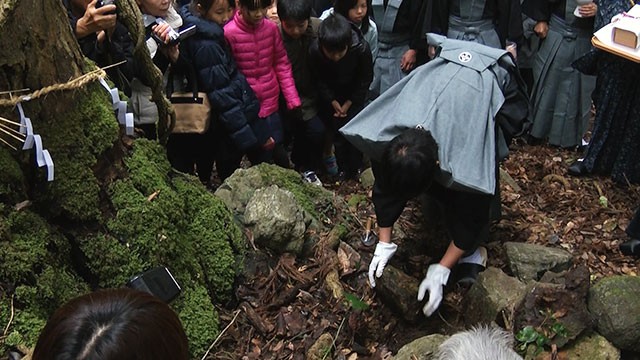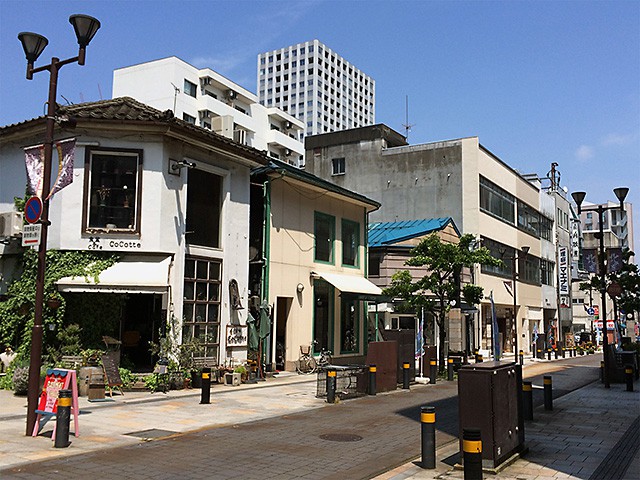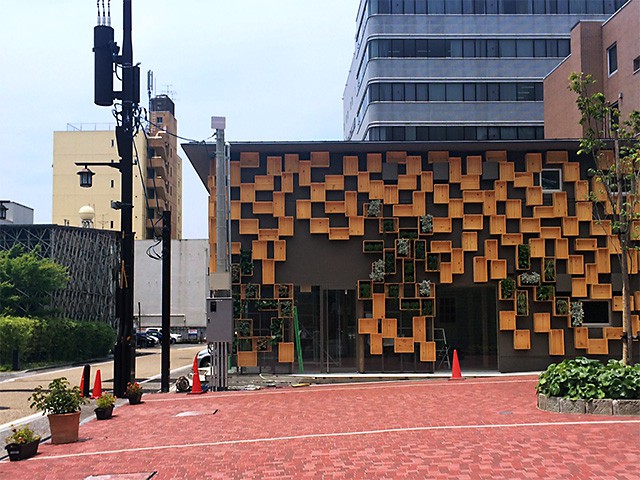The Season of Hydrangea Part 2
2016.06.11
As I introduced in our previous blog that in Japan, from the middle of June till the end of July,
it is the season of hydrangea. There are many spots to see the hydrangeas in Fukui Prefecture.
I have introduced one of the spots in Fukui, Mt. Asuwa Park.
Today, I would like to introduce another spot in Wakasa, Fukui, “Wakasa Uriwari Meisui Park (Wakasa Uriwai Spring Water Park)”. Uriwari Waterfall has been chosen as one of the Select Best Waters of Japan, and there are also 10,000 hydrangeas and iris flowers.
You can enjoy the colorful scenery in the clean atmosphere. You can enjoy both hydrangea and waterfall there.
I would like to share a video of “HealingJapanTV”, please enjoy!
For more information: Wakasa Uriwari Meisui Park (Wakasa Uriwari Spring Water Park)
How about visiting "Wakasa Uriwari Meisui Park" this year to enjoy both watching hydrangeas and experiencing the waterfall?
T.F




